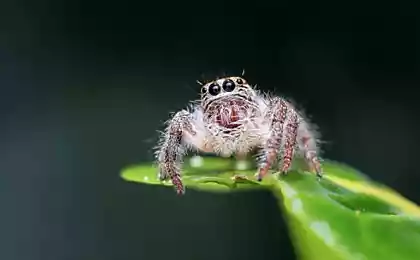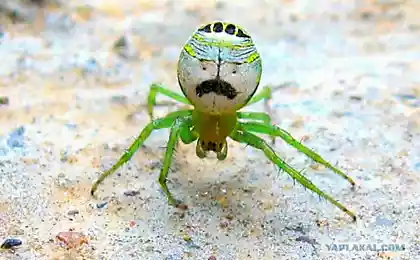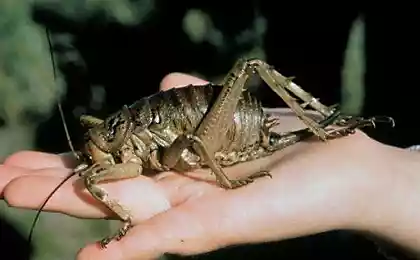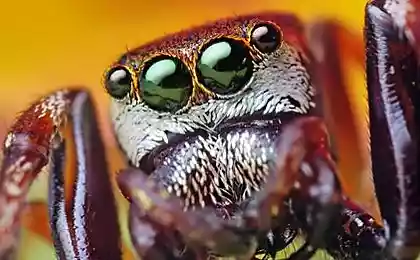1190
Insects future
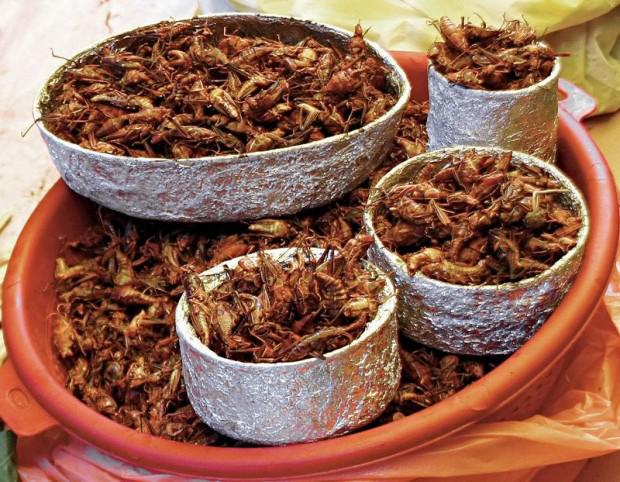
While the population continues to slowly approach the 8 billion people to feed the hungry mouths is becoming harder and harder. A growing number of experts believe that people will soon have no choice and have to have insects.
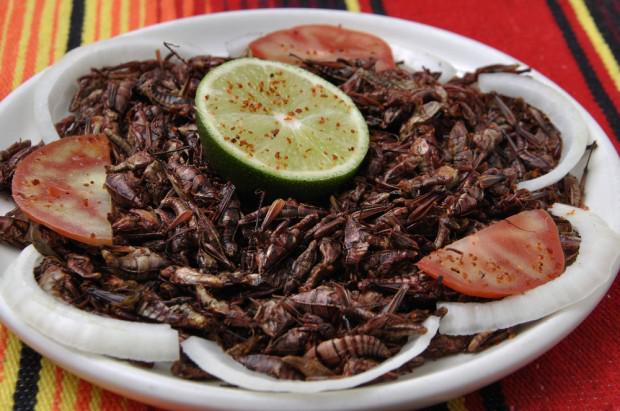
Confirming this view, a group of students from McGill University in Montreal, won the «Prize Hult 2013" the year of the invention and a protein-rich meal prozvodstvo made from insects. The prize gives students $ 1 million to the creation of what they called the Flour Power. "We (humanity) will start with grasshoppers" - said team captain Mohammed Ashour in an interview with ABC News. Earlier this year the Food and Agriculture Organization (PSO) has published a report entitled "Edible Insects: the future prospects of food security." The document details the benefits for health and environmental benefits obtained through the diet of the insects, also known as «entomophagy». Put the patties and chicken legs, swallow, wash down with water and everything ... Let's start Mopane caterpillars.
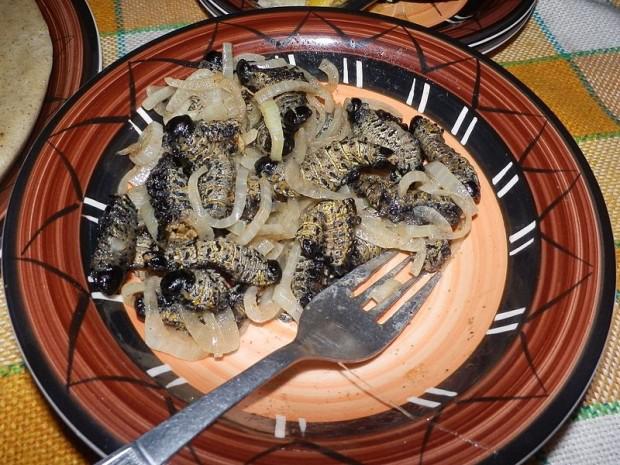
Mopane caterpillar - Imperial moth larval stage (Imbrasia belina) - distributed in Southern Africa. Harvesting caterpillars Mopane - multi-million dollar industry in the region, where women and children collect plump, small insects. The caterpillars are traditionally boiled in salted water, then dried in the sun; dried form may be stored for several months without cooling, making it an important source of food in times of famine. Many insects are more nutritious for example, the iron content in beef is 6 mg per 100 grams dry weight, caterpillars Mopane already contain 31 mg iron per 100 grams. They are also good sources of potassium, sodium, calcium, phosphorus, magnesium, zinc, manganese and copper, according to FAO. Chapulines.
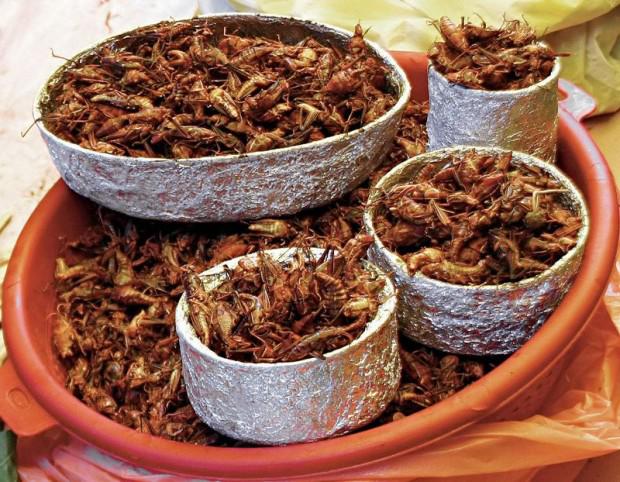
Chapulines - grasshoppers kind Sphenarium, they are widely distributed in southern Mexico. They are often served fried (which gives them a unique crunch) and seasoned with garlic, lime juice and salt, Guacamole or dried chili powder. Grasshoppers are rich sources of protein; Some believe that insects are more nutritious than meat. The researchers noted that the collection of grasshoppers Sphenarium - an attractive alternative to spray pesticides in the fields of alfalfa and other crops. Moreover, it eliminates the environmental hazards associated with exposure to pesticides, it also gives local people an additional source of food and income from the sale of grasshoppers. Larvae Witchetty.

Among indigenous Australians larva Witchetty - the main dietary product. Larvae taste similar to almonds, especially when lightly roasted on hot coals, their skin is like a fresh, neat structure of fried chicken. Larva Witchetty contains a lot of oleic acid and omega 9. Although people often confuse the larvae of several species of moth larvae Witchetty, some sources identify the larval stage of the moth cossid (Endoxyla leucomochla) as a true striker Witchetty. The larvae extracted from under the ground, where they feed on the roots of Australian trees, such as eucalyptus and black wattle trees. Termites.
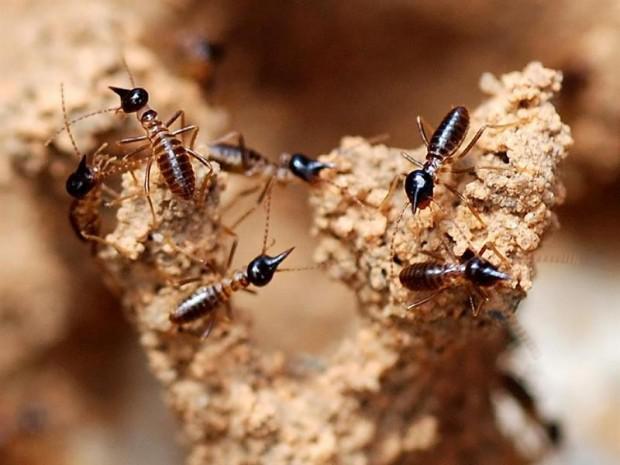
Do you want to get rid of termites? Just like them, as it did in South America and Africa: Take advantage of the rich nutritional qualities of these insects, fry them or dried in the sun. And imagine that they even smoke. Termites are composed of 38 percent protein, but a Venezuelan variety, Syntermes aculeosus, contains as much as 64 percent protein. Termites are also rich in iron, calcium, essential fatty acids and amino acids such as tryptophan. African palm weevil.
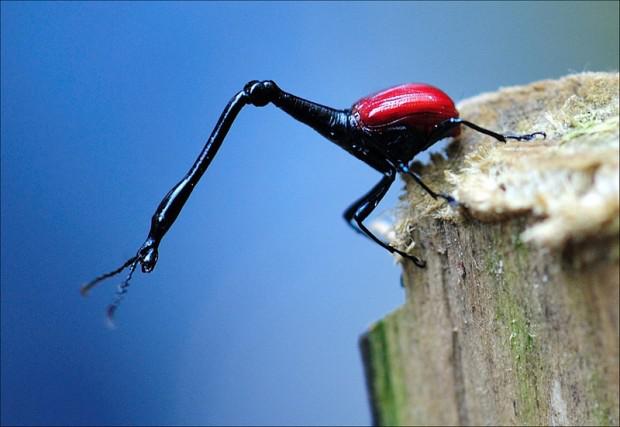
Delicacy for many African tribes, palm weevil (Rhychophorus phoenicis) going from the trunks of palm trees. About 5 centimeters in length, weevils easily fried in a frying pan with a small amount of fat, because their bodies are filled with fat even though they can be eaten raw. Report 2011 of the Journal of Insect Science reports that African palm weevil - an excellent source of several nutrients, such as potassium, zinc, iron and phosphorus, as well a few amino acids and healthy monounsaturated and polyunsaturated acids. Bedbugs.
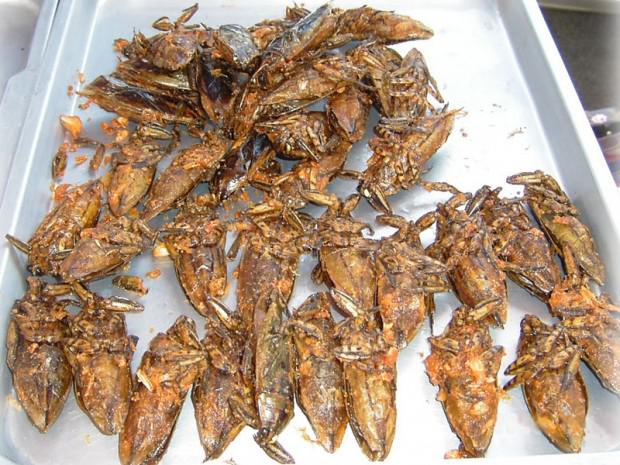
After reading, you probably shudder. Of course the association that arise in your head certainly did not contribute to the emergence of appetite, but rather the opposite, but the bugs (especially Hemiptera) are consumed in Asia, South America and Africa. These insects - a rich source of important nutrients, including protein, iron, potassium and phosphorus. Because bugs exude a horrible odor, they do not usually eaten raw, without first removed the head, it is there are aroma-producing glands. They are fried, are impregnated with water, and dried in the sun. As a further advantage, impregnation with water helps to absorb malodorous discharge that may be used as a pesticide to get rid of termites in buildings. But why get rid of termites? They can also eat mealworms larva :).
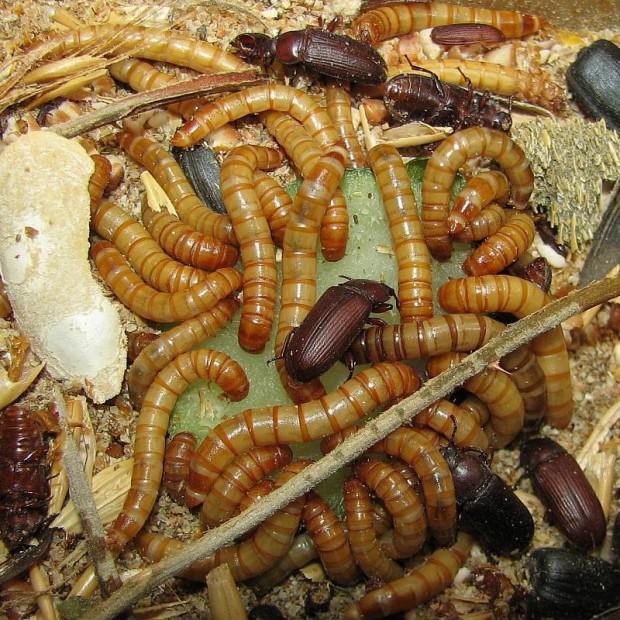
The larvae of mealworms (Tenebra Molitor) is one of the few insects consumed in the West: They are bred in the Netherlands, for human consumption (as well as the dry animal feed). Nutritional larvae mealworms difficult to underestimate: They are rich in copper, sodium, potassium, iron, zinc and selenium. They are not very nutritious in terms of protein content, but have a large number of healthy, polyunsaturated fats.
Source: muz4in.net/news/7_nasekomykh_kotorykh_ty_budesh_est_v_budushhem/2013-10-03-34138






